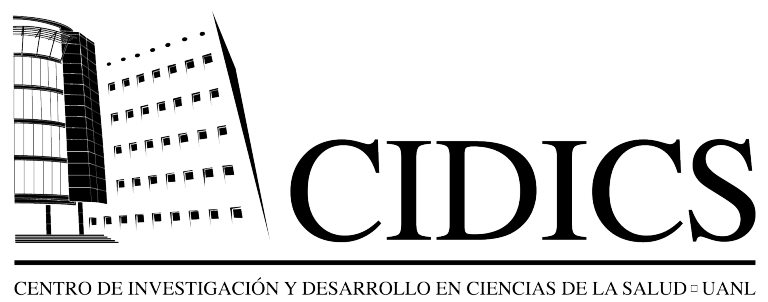What do you know about Carpal Tunnel Syndrome?
Carpal Tunnel Syndrome is a common affection nowadays. This syndrome is characterized by an excessive pressure on the median nerve located at the wrist and allows sensitivity and movement of certain parts of the hand. It can cause numbness, tingling, weakness or muscular tissue damage on the hand or the index, middle, and the ring fingers. This pressure on the nerve can occur in various ways: tenosynovitis (swelling of the flexor tendons coating), joint displacement, fractures, arthritis, or even keeping the wrist flexed during prolonged periods of time. This can stretch the tunnel and cause pressure on the nerve.
It has a prevalence of 5.8% on adult women and 0.06% on man. This syndrome is also characterized by a deceiving start, which can delay a clinic diagnose. If symptoms continue or worse, a surgery may be necessary where a tunnel enlargement is needed to reduce pressure on the nerve; though generally, symptoms can alleviate without surgery. When identifying the affection, it is necessary to change habits, for example using the affected hand less frequently, which implies to avoid the use of mobile devices, and, if possible, to keep the wrist on a straight position.
The BMAS recommended the carpal tunnel syndrome as a professional disease, based on a meta-analysis performed in 2011, where 87 relevant studies were included and various risk factors associated to this syndrome were identified, such as: heavy manual work, manual vibration efforts, movement repetitions and chronic hand bending.
However, given the prevalence and impact of this affection on health systems, there is still much controversy regarding the optimal therapy. Often used are:
- Corticosteroids injection: Used by its anti-inflammatory effects. Many have been used, like hydrocortisone, dexamethasone, Methylprednisolone, triamcinolone, generally accompanied by a local anesthetic.
- Oral supplements or medication: The effects of vitamin B6 on patients were established on reports of research with a small number of patients. It was thought that improvements observed on some cases was due to the resolve of a neuropathy not diagnosed previously.
- Exercise therapy and movement techniques: Various researchers suggest this therapy because it improves symptoms when preventing or stretching the adherences between tendons and the median nerve, diminishing tenosynovial swelling, improving venous return and reducing pressure inside the carpal tunnel.
- Wrist immobilization: Preventing any extreme position of the wrist reduce pressure inside the carpal tunnel and a neutral wrist position improves hemodynamic parameters, reduces swelling and minimizes friction and nerve compression.
Reviewers: Brenda Giselle Álvarez Rodríguez (Public Health Research Unit), and Cassandra Saldaña Pineda (Knowledge Management Unit).
Sources:
- Article: “Metaanalysis for the Evaluation of Risk Factors for Carpal Tunnel Syndrome (CTS) Part II. Occupational Risk Factors”. Zeitschrift für Orthopädie und Unfallchirurgie. Z Orthop Unfall 2012; 150(5): 516-524
- Article: “Conservative therapeutic management of carpal tunnel syndrome”. Neuro-Psiquiatr. vol.75 no.11 São Paulo Nov. 2017
- American Society for Surgery of the Hand
- MedlinePlus

